Marine life of Phuket – Harlequin Shrimps
Harlequin Shrimps are a very flamboyant looking and a delight to see. There are two species of harlequin shrimps, namely the Hymenocera Picta found in Hawaii and Hymenocera Elegans found in Andaman Sea. They are commonly known as clown shrimp, painted shrimp and dancing shrimps.
The Harlequin shrimp is unlike other species in that it is a slow mover and not very agile. The beautiful bodies have stunning coloration with the body being a pinkish white or white with large purple edged pink spots. There may also be red and orange tones depending on the local environment. The shrimps vary in size averaging between 2cm-4cm. The females are larger than the males and can be identified by the coloured abdominal plates. The male’s abdominal plates are white. It is believed that the vivid appearance of the shrimp is enough to deter predators. It also indicates that it may be toxic to eat as brightly coloured creatures often are. This is not the case with the shrimp. The two large flat pincers constantly move even when the shrimp is stationery, hence the common name “dancing harlequin shrimps”. The eyes are positioned on the end of stalks and the antennae are flattened, looking very leaf like.
Harlequin Shrimps are very shy and are found in mating pairs. They are monogamous and are very territorial usually covering an area of up to 10m square. They are predominately nocturnal and will feed during twilight or under the cloak of darkness. During the day they are found in hiding places on a rocky or coral substrate. This species of shrimp are rare and do suffer as a result of coral damage. The Indo-Pacific species is more common that the Hawaiian species, because over the years the latter has been actively collected for the aquarium trade.
Moulting occurs once a month. During this process the shrimp will hide until the new shell hardens. It is usual for simultaneous molting to occur. The molting also gives the opportunity for the shrimp to replace missing limbs, this may take more than one regeneration. The mating couple will reproduce after the female as completed her molting process. She will lay between 100 and 5000 eggs per season and tends to them until they are hatched.
The Harlequin Shrimps are predatory carnivores. They are ruthless and extremely strong. The shrimps work as a team and detect their prey by scent. They live on a diet of starfish. Once the starfish has been located the pair will prize the arms from the rock and overturn it, thus rendering the starfish helpless. The starfish may be 10 to 20 times larger than the shrimps. It has been known for the shrimps to drag the starfish to the lair where it acts as a living larder. It is kept alive by the shrimps feeding it. The shrimps dine on the tube feet starting at the tips and working inwards to the centre plate, thus keeping their food source alive for as long as possible. Occasionally, a starfish may detach an arm or two to make an escape!!!! It is fortunate that starfish have the capability to rejuvenate their limbs…..
If you would like to know more about the identification of species why not sign up for on a Underwater Naturalist Specialty Course, which will enhance your knowledge and highlight the key things to look for or a cruise on board MV Scuba Adventure or MV Scuba Fun for a chance to see these for yourself.
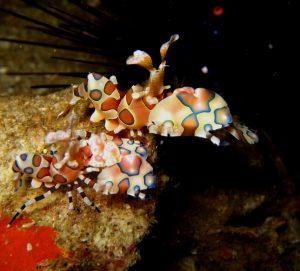
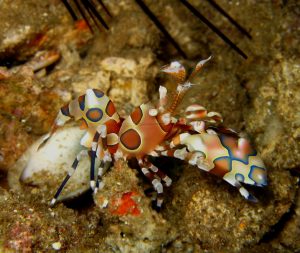
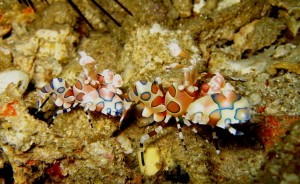
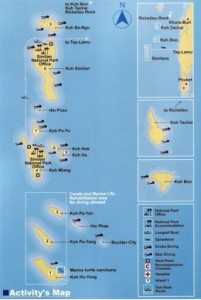
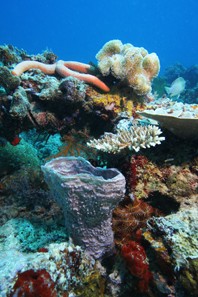
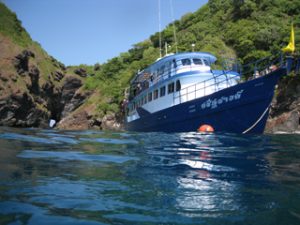
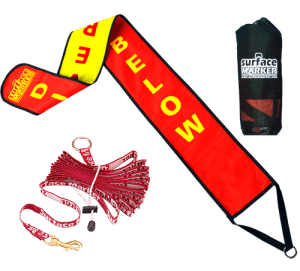
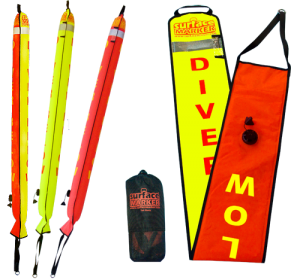
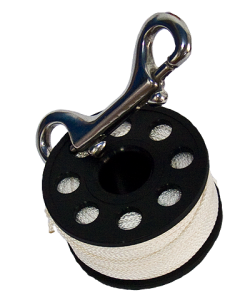
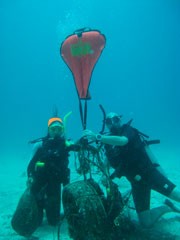
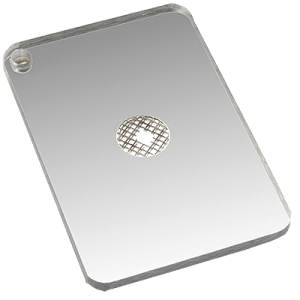





Scubacat Community